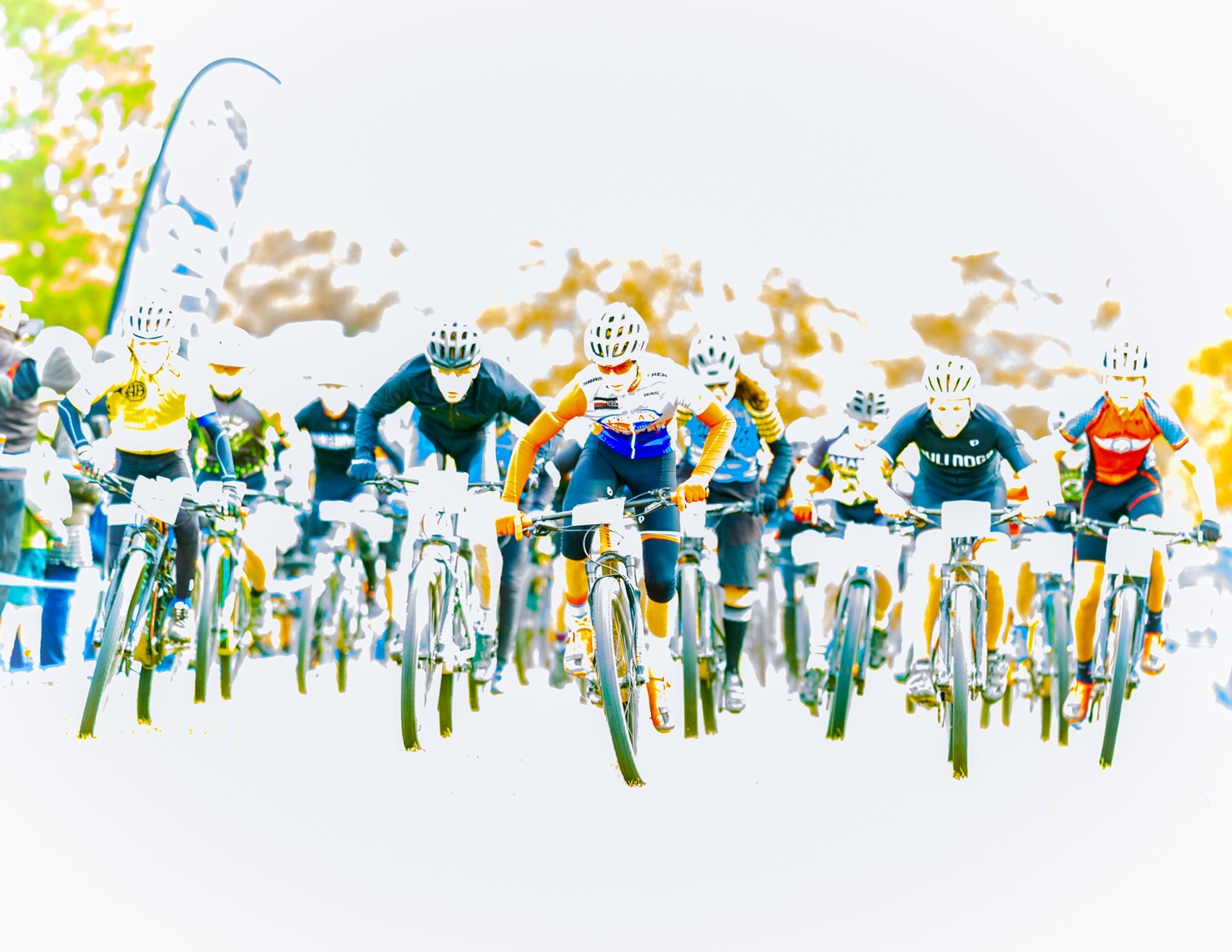

Photo © Codajet Photography
by Kathryn Hunter
Ryan Eaker eyes the dark line of clouds as an icy wind announces the approaching cold front.
“We’d better step on it,” he warns the line of a half-dozen boys behind him on mountain bikes, and they push off with urgency.
Then the storm hits. Rain, sleet, hail and high winds slam the group sideways. Still two miles out, they’re soaked through and freezing, and the weather makes it hard to see even a short distance ahead. They press on to their campsite, only to find the tents crumpled and tossed across the field where they’d been staked, everything inside them damp or dripping wet.
READY TO RIDE
It’s Saturday, April 21, 2018, the day before the annual Dinosaur Dance race at Dinosaur Valley State Park in Glen Rose; it’s the state championship event of the Texas Interscholastic Mountain Bike League. Eaker, site supervisor of the Camacho Activity Center in East Austin, had been leading a group of the center’s competitive mountain bike team through a pre-ride of the race course.
A pre-ride is meant to be an opportunity for teams to practice difficult features, to visualize the race, to get comfortable. But if the elements have something else in mind, like today, you roll with the punches.
The bad weather lifts almost as quickly as it blew through, but the pre-race campout that night on site is the coldest and wettest of the season for all the teams at the event. Camacho’s canopies, permanently destroyed, look like flattened soda cans.
As race day dawns, cloudless and warming fast, the bikes and their riders emerge again. It’s hard to imagine that these limestone hills, a dusky scrubland scattered with Ashe juniper, once sat at the edge of a sparkling sea, and that herds of long-necked sauropods and their fierce two-legged predator, Acrocanthosaurus, walked this ground. Evidence of their presence is preserved in the riverbed, however — footprints buried and then revealed by the slow workings of time.
Now, in this place where ancient giants trod, 375 kids on bikes traverse the 5-mile race loop like mechanical mountain goats, making their own mark on the future.
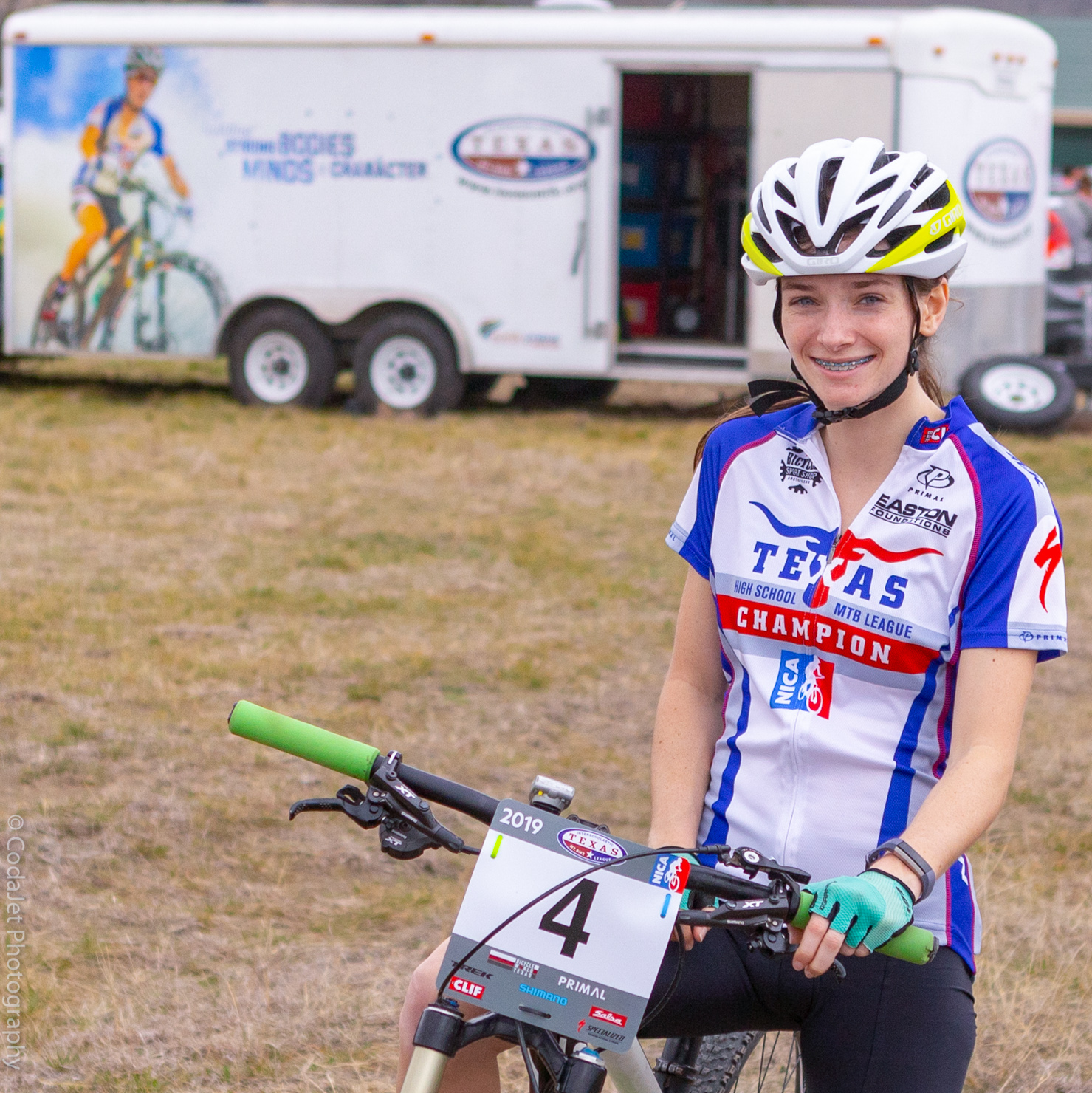
Photo © Codajet Photography

Photo © Athan Bernal
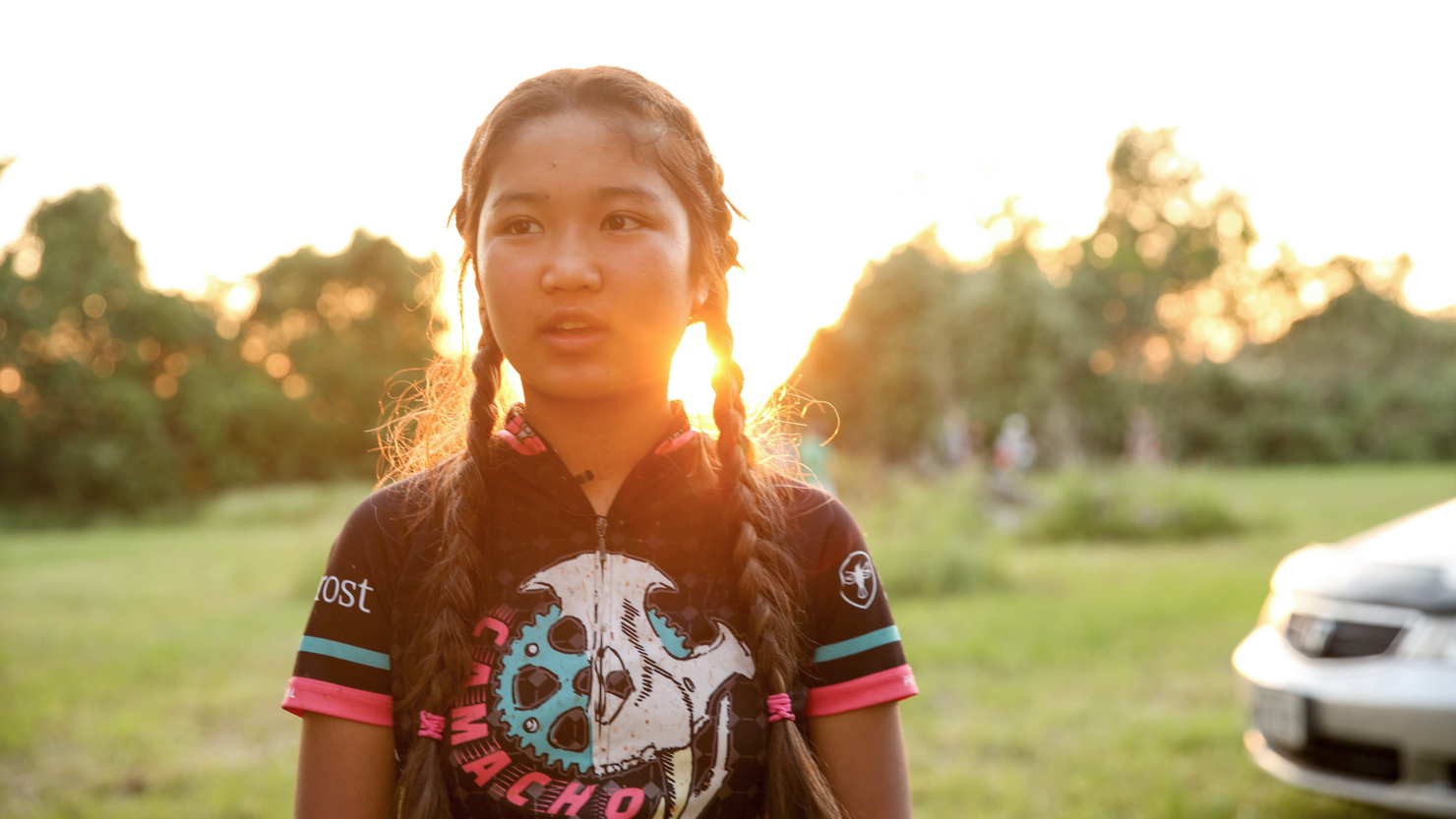
Photo © Athan Bernal

Photo © Codajet Photography
A NEW AGE
The Texas league is part of a larger National Interscholastic Cycling Association, incubated in Northern California in 2001, then spreading to 25 other states. Texas joined the list in 2010, with membership growing about 25 percent each year. There are now 37 teams across the state, from as far north as Amarillo to as far west as Midland to as far east as Houston and Tyler.
Teams include students from grades six through 12 and vary widely in size. Some have only a handful of athletes. The Lake Travis team, one of the oldest in the league, is currently the largest, with 54 boys and 11 girls, as well as 18 volunteer coaches.
On a misty, cold Saturday in March, I attend a practice at Pace Bend Park at the invitation of Rick Margiotta, team director. In addition to attending the league’s five races, the team holds two weekday practices and one Saturday practice each week throughout the spring semester.
Lake Travis’ students are divided by skill level — gold, silver, blue and red groups — with almost military efficiency. I tag along with part of the gold group, and I try (as a former elite-level road cyclist but comparatively novice mountain biker) not to flub anything. I’m a little in awe of what the teenagers I’m chasing down the trail can do at an age when my bike probably still had streamers on it.
What I see is kids learning the bike and the trails as if they’re a language, absorbing it. Today many children start with balance bikes almost as soon as they can walk and skip training wheels entirely (my two children started riding pedal bikes before the age of 3). College scholarship opportunities are available in cycling, and development teams introduce promising young riders to the national pro scene.
The league seems a part of this new world, a world where doors are open much sooner and much wider.
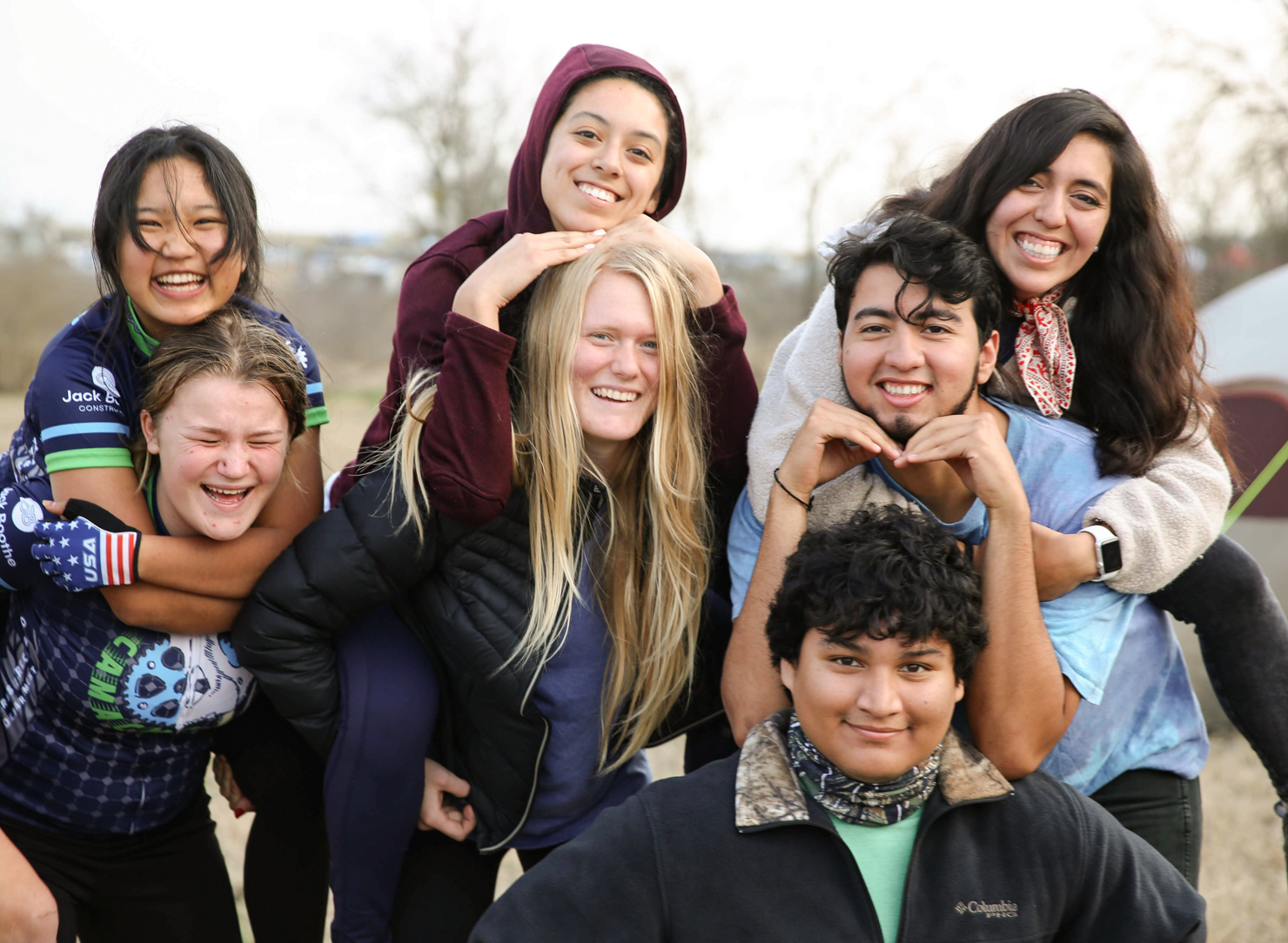
Photo © Athan Bernal
Former high school racer Tara Hauwert (at center) helps coach the Camacho team in 2019.
A BEAUTIFUL MOMENTUM
The race loop at Dinosaur Valley is challenging, with steep switchbacks, large ledges and loose, tennis-ball-sized rocks. To the uninitiated, the terrain looks impossible, but thanks to the magic of modern suspension and large, supple tires, today’s mountain bikes are a different species from the gentle, pavement-loving bikes most people know.
Near the end of the race loop, whether athletes are completing one or multiple laps in their division, there’s an intimidating, very technical downhill. Here, a line of spectators forms an expectant gantlet of sorts, which doesn’t help calm riders’ nerves as they try not to tumble over their own handlebars.
Tara Hauwert crashed in this section her first year of competition. But at the 2018 race, as a graduating senior at Westlake High School in Austin, she has it down — she focuses on the trail ahead, balancing on her bike and enjoying the feeling of zooming out of the final part of the hill and out into the grassy field before the finish. When she crosses the line in second place (and second overall in varsity for the season), it’s her last mountain bike race as a high school student.
“The first thing I learned about mountain biking and have used since is ‘you’ve got to be brave,’” Hauwert says. “You can’t be scared. You have to tell yourself you can do it.”
She talks about the balance of knowing your skill level and riding what you’re comfortable with, but also learning to trust yourself and having the confidence to fully commit to trying difficult features. She describes goal-setting, as well as success, as being individual and incremental.
Hauwert started mountain biking with the Camacho program when she was in middle school. In the 2019 season, she’s one of several former student athletes who have graduated and come back to Camacho to help the next generation of riders.
When I meet her for a ride, I learn she’s interning for a rainforest conservation nonprofit in Austin and coaching at Camacho’s weekend practices. She’s just returned from three months in Guatemala and Costa Rica and will soon be on her way to Germany to visit family before starting at Texas State University in the fall, where she wants to major in geography and minor in biology.
I watch as Hauwert navigates the trail’s tough features with grace and nonchalance. I’m often struck by female cyclists’ air of confidence — maybe they find this sport because they’re strong personalities or maybe it brings out that strength, but almost all of them have it, a kind of inner mettle.
Hauwert seems a lot older than she is. She doesn’t have all the questions answered yet, but what strikes me is the way she knows where she’s headed, the beautiful momentum she’s built. On that ledgy descent at Dinosaur Valley, where everyone was waiting for her to fall and fail, she didn’t seem to be afraid of what was ahead, wasn’t questioning herself or doubting in the way I think I did at that age, tearing myself down before I could even get started.
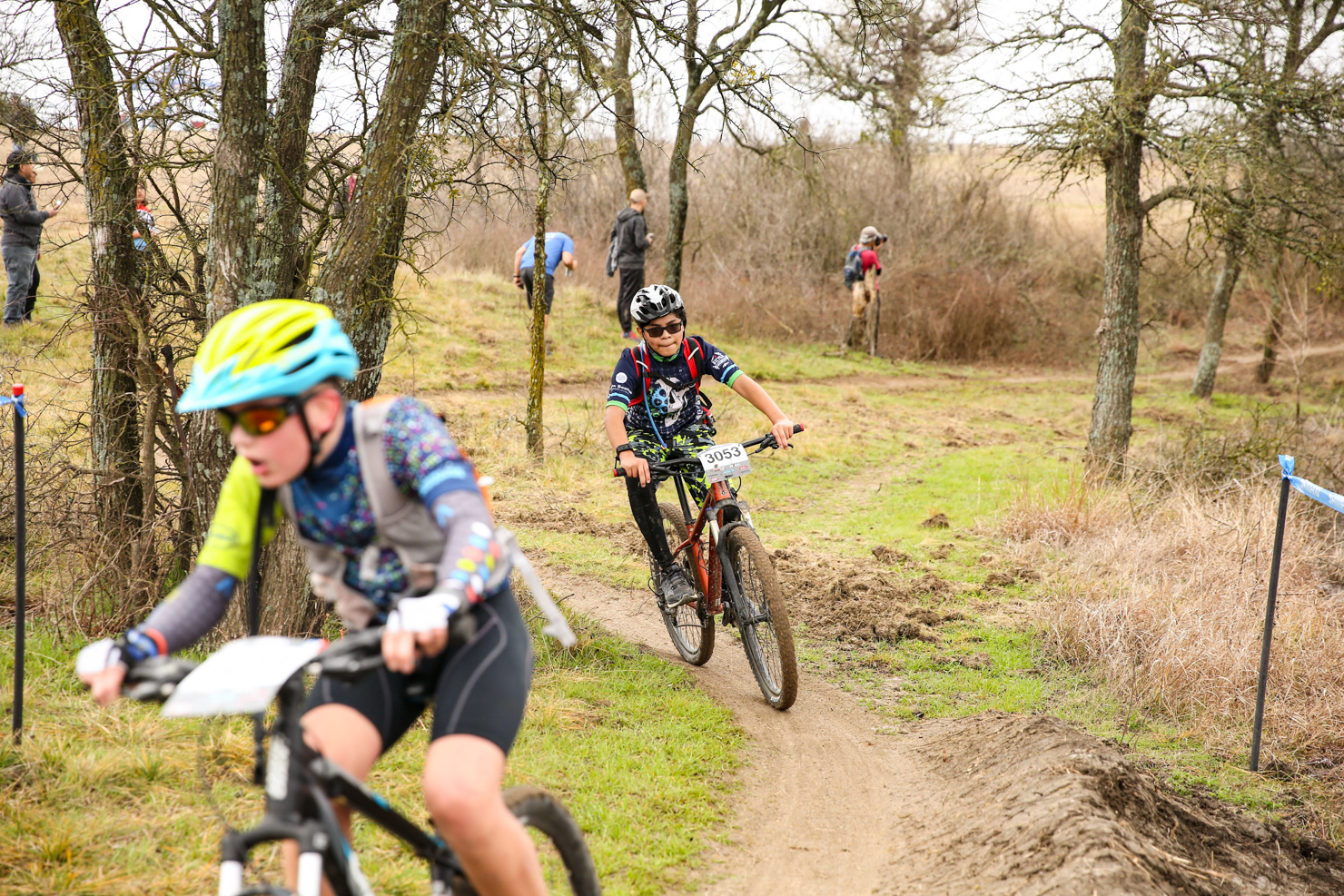
Photo © Athan Bernal
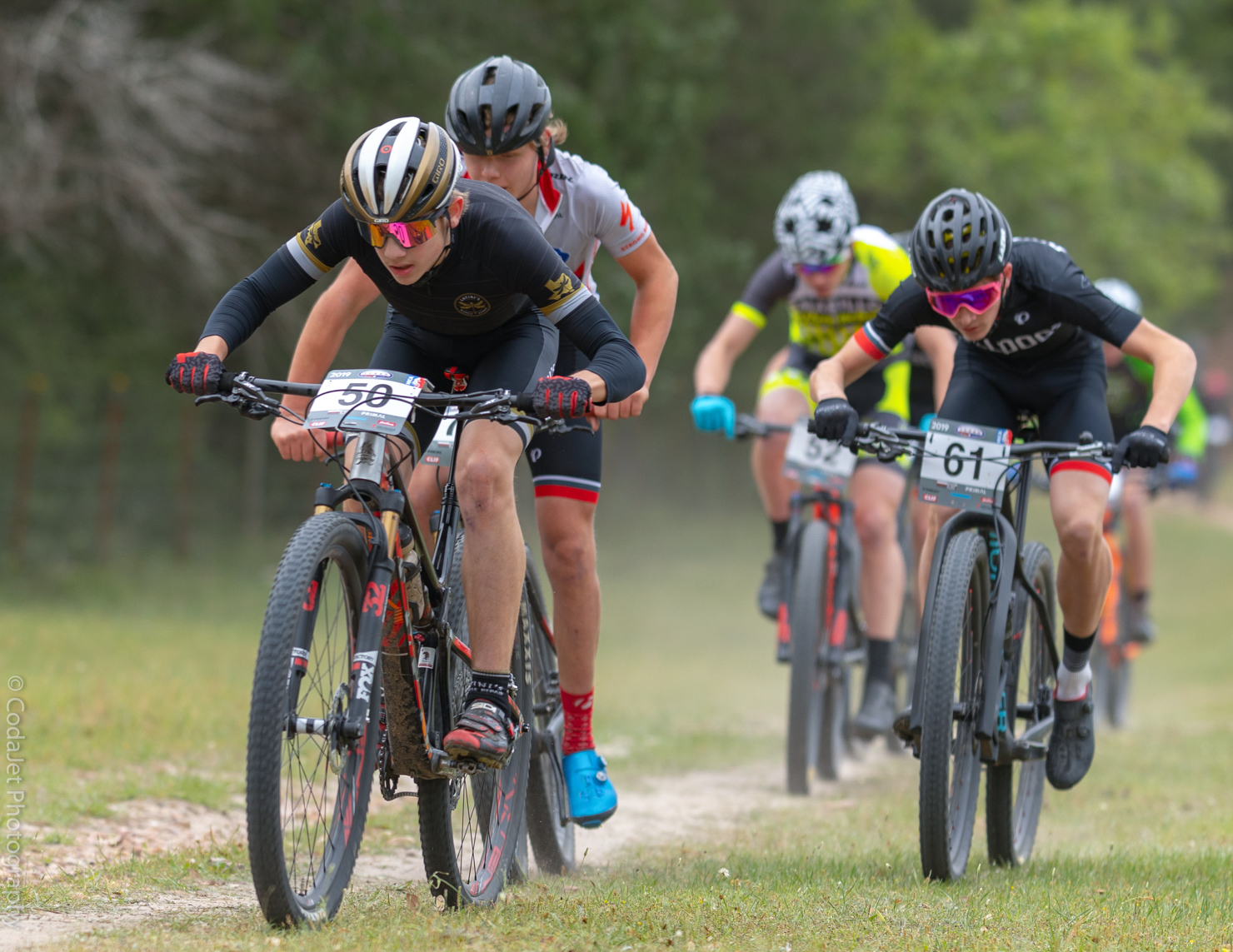
Photo © Codajet Photography

Photo © Codajet Photography
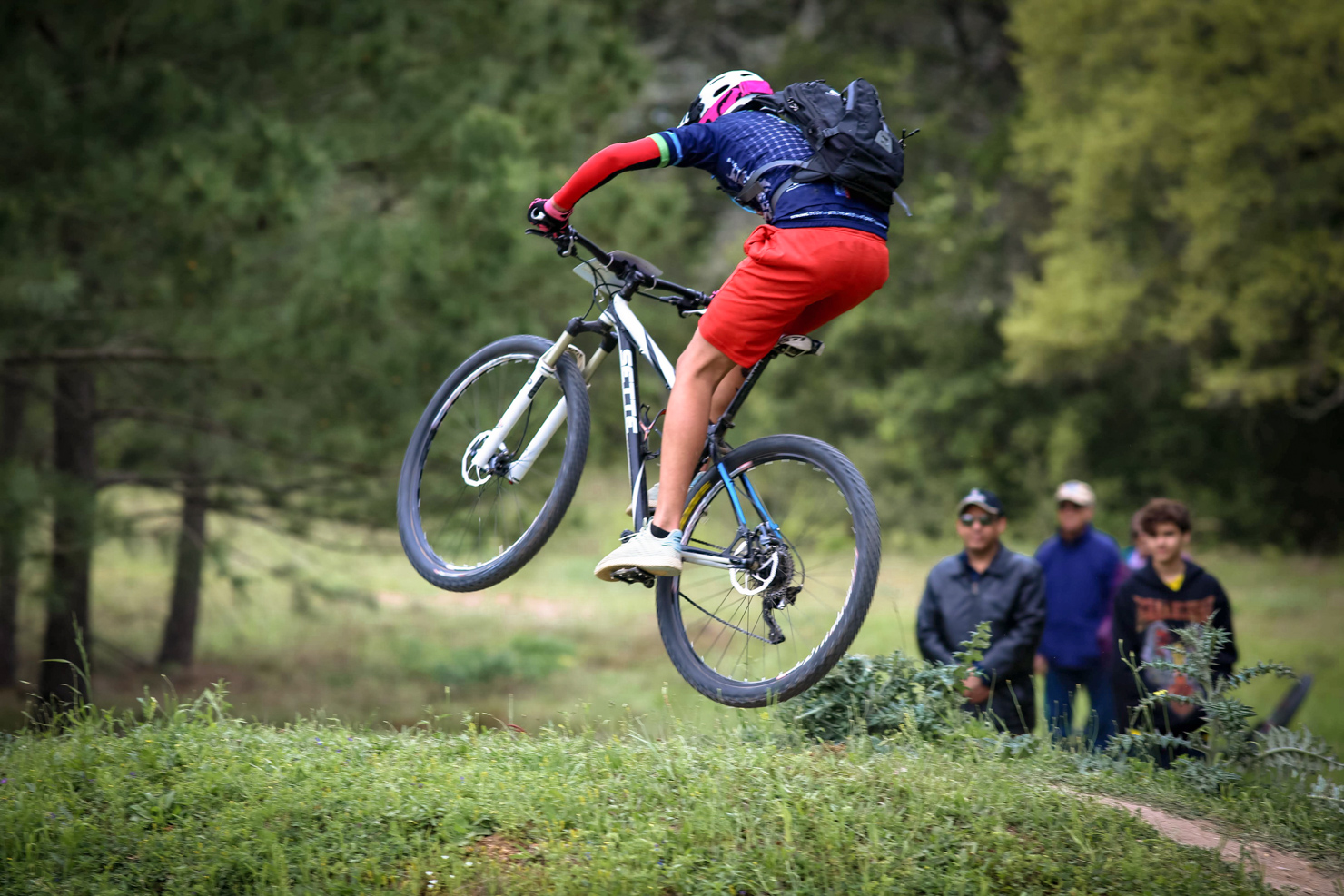
Photo © Athan Bernal
BREAKING THE MOLD
According to the Kaiser Foundation, kids 8-18 spend an average of 7.5 hours in front of a screen every day. Centers for Disease Control data shows that nearly one in five school-age children in the U.S. is obese, a percentage that has tripled since the 1970s. Sports, which encourage physical activity and outdoor time, are arguably more relevant than ever.
Some students in the Texas mountain biking league also compete in traditional school sports; for others, cycling is the first and only sport they’ve participated in.
It’s not just the sport that’s changing the kids, however, but the kids who are changing the sport. The traditional demographic for competitive cycling — a pursuit that can be lifelong, with race categories commonly extending from junior riders to masters ages 70-plus — is wealthy, white and male. While the league still reflects some of those trends, it’s also a foot in the door for kids from all walks of life.
Like the Camacho team, which pulls from traditionally underserved communities in East Austin, the San Marcos high school mountain biking team has many students whose families wouldn’t have the resources to participate without financial assistance.
“The kids that we get, a lot of them are just trying to experience something new,” says head coach Adam Wagner. “Most are students who are first-generation riders that probably wouldn’t have ever touched a bicycle or ridden it had they not been a part of the team.”
The team “checks out” a bike to each student athlete for the year like a library book, bypassing what can be a significant barrier to entry in the league; a race-quality “hardtail” mountain bike often starts around $800, a full-suspension bike might start at $2,000.
The team cobbles together grants and donations, but funding fluctuates. This season the team’s four volunteer coaches paid for students’ food during race weekends out of their own pockets.

Photo © Athan Bernal
They say they do it because they know it matters. Many past students have continued riding, or they’ve pursued jobs in the outdoors or working with kids. One man whose son was on the team credits it for saving his son’s life, and though his son has now graduated, the father comes back to volunteer for races, driving a trailer and cooking.
“Some of the students have experienced some pretty heartbreaking things, heartbreaking situations, and the team helps them,” Wagner says. “The baggage they bring with them, they let that down a little bit. They get competitive with each other, and that feeling of home for them — of having a family at school — really benefits them.”
Winning isn’t the emphasis of the team. One assistant coach says riders don’t have to be the best but are encouraged to do better than the last time.
I think of a seventh-grader I’d met at a Camacho practice one Saturday. She wasn’t learning how to race a mountain bike, but rather how to ride a bike for the first time. Every turn, every incline, was difficult. She fell, and she got up again. It reminded me that there are many types of courage, and many ways to witness it.
MAKING HISTORY
Race season for the Texas league is the spring semester, which is always a seasonal grab bag in the Lone Star State. Sometimes searing hot and sometimes freezing cold, the weather can change on a dime. The nature of an outdoor sport like mountain biking is to be at its mercy.
In a disappointing anticlimax, the 2019 Dinosaur Dance is canceled, and conditions on what should have been race day are still too soggy from heavy rains the day before. Most of the 20-mile trail system is closed, and only the interior of the park is open, a finger of land bounded by the U-shaped arc of the river.
I’m left with my own contemplations on that almost-too-quiet day, staring down into the Paluxy River at a set of theropod tracks imprinted into a rock shelf a few inches below the water line. In my mind’s eye, as if playing connect-the-dots against the blue sky above, I can sketch the rest of the creature as it must have stood. In the open air, I feel a sense of wonder and possibility that I’ve never experienced seeing bones in a museum.
I find myself asking if someone in a future age will come across such tangible evidence of our presence here, all the ways we wander this land — a footprint, a bicycle’s tire tread — or if it’ll just be the stories that carry on the memories of what was, what is and what still remains to be.
Kathryn Hunter is an Austin freelance writer and bike racer.
Related stories
» Like this story? If you enjoy reading articles like this, subscribe to Texas Parks & Wildlife magazine.

